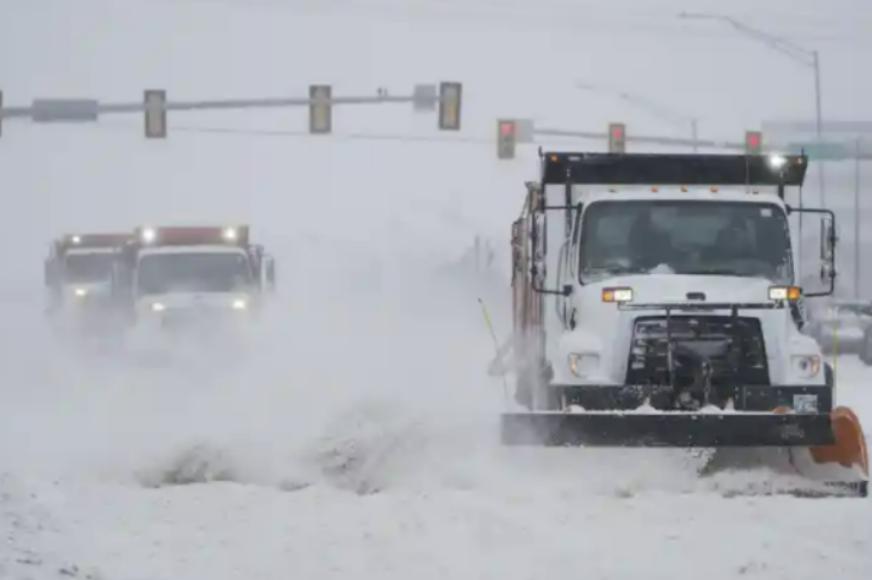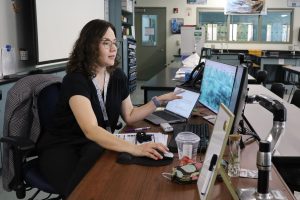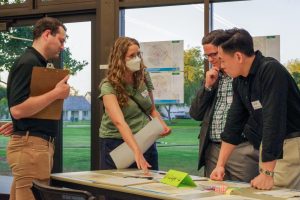How the Texas snow storm is just the beginning
Drivers of snow-removal vehicles battle freezing temperatures, clearing routes for escaping the bitter cold.
March 22, 2021
When Texas was hit by a deadly snowstorm, it was not just power and water that was lost. It was life as well: such as the loss of an 11-year-old boy who froze to death trying to keep his brother warm amidst subzero temperatures. The storm should have never been as bad as it was, and preventing such a tragedy in the future requires society to start using renewables and regulate the energy market now more than ever, because power companies have shown themselves to care more about profits than lives.
The Texas State government approved the deregulation of the state’s power grid in 2002 hoping that it would bring lower electric bills to Texas citizens by providing them a choice in a variety of energy providers. This new initiative would be overseen by the Electric Reliability Council of Texas (ERCOT), whose responsibility is to make sure no company gains a monopoly while ensuring the transmission of energy through Texas’s sole power grid.
Amidst a brutal and deadly snowstorm last month, an outdated powergrid proved yet again that it could not deliver on increased energy demands. This is the second time ERCOT has failed in the past decade, previously in 2011. Following the 2011 storm, the Federal Energy Regulatory Commission advised that the infrastructure in Texas be updated to withstand future storms. ERCOT refused to act, playing the lottery with Texan lives as it was only a matter of when, not if another massive storm appeared.
“So many cold and without power, people in danger and everybody frustrated including me,” Austin Mayor Steve Adler said to The Hill. “ERCOT has to explain how millions of Texans are without power. ‘Rolling’ outages are not that.”
The Texan energy grid plan centered on maximizing a free and unregulated power market. By keeping power suppliers independent and free of government oversight and regulations, consumer prices could be kept low. The state’s dream of consumer-friendly energy would never come to fruition as the costly storms caused billions of dollars in damages, leaving Texans to foot the bill.
This unusual natural disaster is just the latest in an increase of disaster linked to climate change, marking a new normal for Americans. Rising global temperatures have weakened polar air currents, allowing the seasonal polar vortex wind to travel into unusual areas across the globe.
The solution requires preparations—an approach foreign to unregulated free markets, namely in spending to winterize the current infrastructure and investing in renewable energy. While changing to fully renewable sources may not be possible in Texas, mostly because of the limitations of wind turbines, using as many turbines as possible and winterizing them to withstand the cold will ensure enough power for the state in the face of the next inevitable deadly winter storm.
While the much bigger issue of continued climate change faces denial in the GOP, and the influence of big oil in places like Texas continues to hurt the renewable energy cause, we must face the tough reality of our new normal and work together to prepare for these foreseeable disasters. No state should have to suffer the way Texas did.


























































